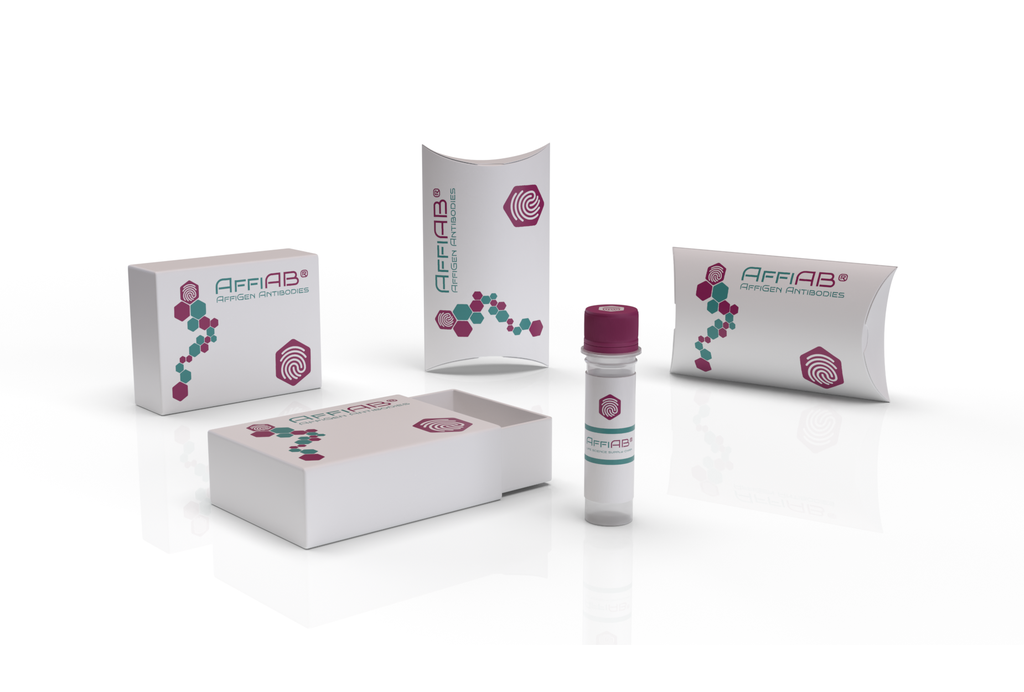AffiAB® Anti-DIAPH3 Antibody
DIAPH3 (diaphanous homolog 3) , also known as DIAP3, DRF3 or mDia2 of mouse origin, is a 1, 193 amino acid member of the formin homology protein family and is required for the correct function of various cellular processes. DIAPH3 binds to both Profilin, a protein involved in cell maintenance, and to the GTP-bound form of Rho (Rho-GTP) . Binding to both of these proteins allows DIAPH3 to recruit Profilin to the membrane, in a Rho-dependent manner. At the membrane, DIAPH3 promotes Actin polymerization and is required for stress fiber formation, cytokinesis and transcriptional activation of the serum response factor (SRF) . DIAPH3 also regulates Actin dynamics by coupling Src tyrosine kinase (c-Src) and Rho during Actin signaling events. DIAPH3 contains one diaph-anous autoregulatory domain (DAD) and one Rho GTPase-binding domain (GBD) . When DAD and GBD are intramolecularly bound, the GBD is occupied and DIAPH3 is inactive. Interruption of the DAD-GBD bond allows the GBD to bind to Rho-GTP, thus activating DIAPH3. Seven isoforms of DIAPH3 exist due to alternative splicing events.
Antibody type
Rabbit polyclonal Antibody
Uniprot ID
SwissProt: Q9NSV4 Human; SwissProt: Q9Z207 Mouse
Recombinant
NO
Conjugation
Non-conjugated
Host
Rabbit
Isotype
IgG
Clone
N/A
KO/KD
N/A
Species reactivity
Human, Mouse
Tested applications
WB, IF-Cell, IHC-P, FC
Predicted species reactivity
N/A
Immunogen
Synthetic peptide within Human DIAPH3 aa 1, 059-1, 108 / 1, 193.
Storage
Store at +4°C after thawing. Aliquot store at -20°C. Avoid repeated freeze / thaw cycles.
Form
Liquid
Storage buffer
1*PBS (pH7.4) , 0.2% BSA, 50% Glycerol. Preservative: 0.05% Sodium Azide.
Concentration
1 mg/mL.
Purity
Immunogen affinity purified.
Signal pathway
N/A
Recommended dilutions
IF-Cell: 1:50-1:200; IHC-P: 1:50-1:400; FC: 1:50-1:100; WB: 1:500
Molecular Weight
Predicted band size: 137/80 kDa
Subcellular location
Cytoplasm, Nucleus.
Positive control
A431, LOVO, SiHa, human kidney tissue, human placenta tissue.
